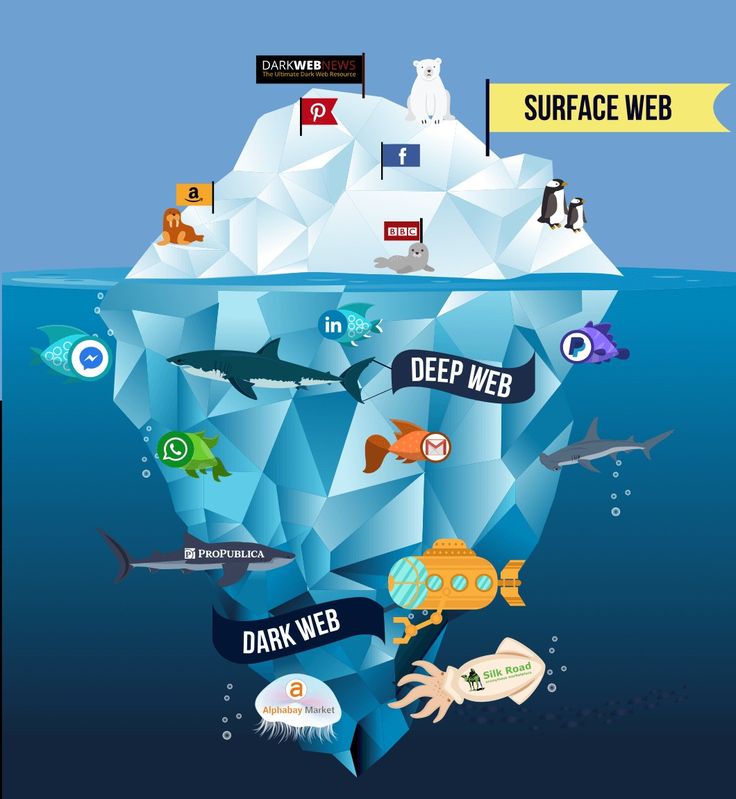OSINT Geolocation: Revolutionizing Intelligence Gathering in the U.S. and Middle East
In an era where information is power, Open-Source Intelligence (OSINT) has emerged as a cornerstone for intelligence communities worldwide. Among the many facets of OSINT, geolocation—the process of identifying the real-world geographic location of an object, person, or event through digital information—stands out as a game-changer. For intelligence professionals in the U.S. and the Middle East, OSINT geolocation offers unparalleled opportunities to address pressing security and geopolitical challenges. Companies like Knowlesys, a leader in OSINT monitoring systems, are at the forefront of empowering these communities with cutting-edge tools to navigate the complex landscape of modern intelligence.
The Strategic Importance of OSINT Geolocation
OSINT geolocation leverages publicly available data—such as social media posts, satellite imagery, and metadata embedded in digital content—to pinpoint locations with remarkable precision. In the U.S., intelligence agencies use geolocation to track terrorist activities, monitor illicit trafficking, and respond to domestic threats. In the Middle East, where geopolitical tensions and conflict zones abound, geolocation is critical for verifying reports of military movements, documenting human rights abuses, and assessing the impact of regional instability.
For example, during the 2023 Israel-Hamas conflict, OSINT analysts used geolocation techniques to verify videos and images circulating on platforms like X, confirming the locations of airstrikes and ground operations. Similarly, in the U.S., law enforcement agencies have employed geolocation to map out networks of cybercriminals operating across state lines. These capabilities are not just technical achievements; they are strategic assets that shape decision-making at the highest levels.
Challenges in OSINT Geolocation
Despite its potential, OSINT geolocation faces significant challenges. The sheer volume of data generated daily on platforms like X, Telegram, and TikTok can overwhelm analysts. Sorting through noise to identify actionable intelligence requires sophisticated tools and expertise. Additionally, the Middle East presents unique challenges due to linguistic diversity, restricted internet access in some regions, and the prevalence of misinformation. In the U.S., privacy concerns and legal constraints around data collection add further complexity.
Another hurdle is the rapid evolution of technology. Adversaries are increasingly aware of geolocation risks and employ countermeasures, such as spoofing GPS signals or scrubbing metadata from images. Intelligence professionals must stay ahead of these tactics, which demands continuous innovation in OSINT tools and methodologies.
Knowlesys: Empowering Intelligence with Advanced OSINT Solutions
This is where companies like Knowlesys come into play. Knowlesys specializes in providing OSINT monitoring systems that streamline the collection, analysis, and visualization of open-source data. Their platforms are designed to handle the complexities of geolocation, enabling analysts to process vast datasets, extract geospatially relevant information, and generate actionable insights in real time.
For instance, Knowlesys’s systems can integrate data from social media, news outlets, and public databases, cross-referencing it with geospatial tools to map events or track individuals across regions. This is particularly valuable in the Middle East, where real-time monitoring of conflict zones can mean the difference between timely intervention and missed opportunities. In the U.S., Knowlesys’s solutions support law enforcement and homeland security by providing precise geolocation data to combat threats ranging from organized crime to foreign espionage.
Knowlesys also addresses the challenge of misinformation by incorporating advanced algorithms to verify the authenticity of digital content. By combining machine learning with human expertise, their platforms help analysts distinguish credible sources from manipulated ones, ensuring the reliability of geolocation-based intelligence.
Case Studies: OSINT Geolocation in Action
To illustrate the power of OSINT geolocation, consider two recent examples. In 2024, U.S. intelligence agencies used OSINT tools to geolocate a series of encrypted communications linked to a suspected terrorist cell operating in the Midwest. By analyzing metadata from X posts and cross-referencing it with satellite imagery, analysts pinpointed the cell’s base of operations, leading to a successful counterterrorism operation.
In the Middle East, OSINT geolocation played a pivotal role during the 2023 Syrian refugee crisis. Humanitarian organizations, supported by OSINT platforms like those offered by Knowlesys, geolocated social media posts from displaced individuals to map safe routes and identify areas in need of aid. This not only saved lives but also informed international policy responses to the crisis.
The Future of OSINT Geolocation
As technology advances, the future of OSINT geolocation looks promising yet complex. Artificial intelligence and machine learning will enhance the speed and accuracy of geolocation, enabling analysts to process petabytes of data in seconds. However, ethical considerations—such as balancing surveillance with privacy rights—will remain a critical issue, particularly in the U.S. In the Middle East, the focus will likely shift toward countering digital obfuscation techniques used by state and non-state actors.
Knowlesys is well-positioned to lead this evolution. By investing in AI-driven analytics and user-friendly interfaces, they are equipping intelligence professionals with the tools needed to stay ahead of emerging threats. Their commitment to innovation ensures that OSINT geolocation remains a vital asset for addressing the dynamic challenges faced by the U.S. and Middle Eastern intelligence communities.
In conclusion, OSINT geolocation is transforming the way intelligence is gathered and analyzed, offering unprecedented insights into global and regional security dynamics. For professionals in the U.S. and Middle East, tools like those provided by Knowlesys are indispensable for navigating the complexities of modern intelligence work. By harnessing the power of open-source data, these tools are not just shaping the present—they are defining the future of intelligence. To learn more about how Knowlesys can enhance your OSINT capabilities, visit knowlesys.com.
